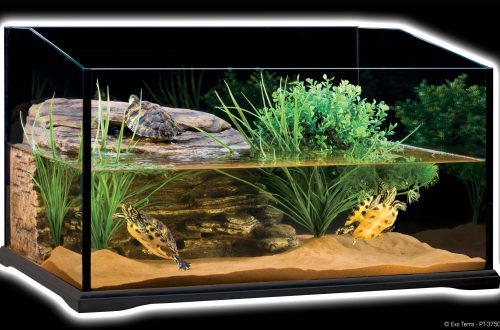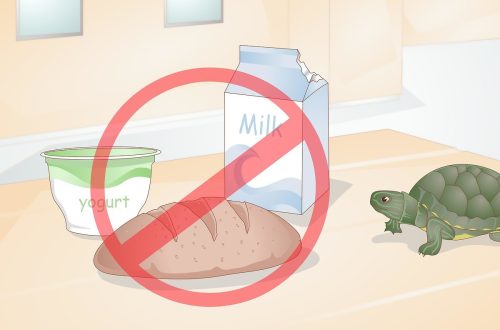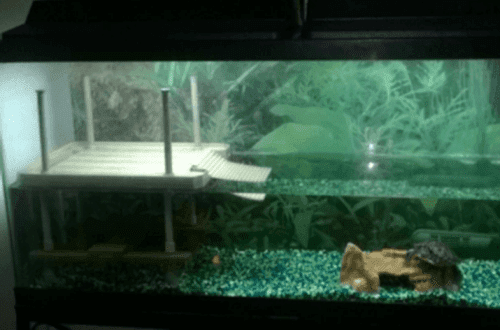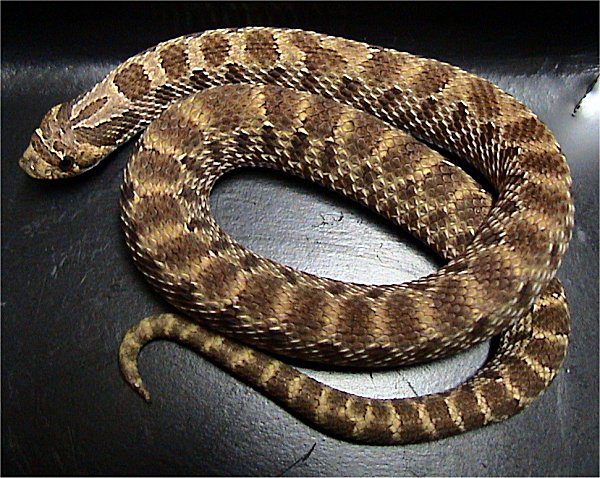
מערב חזיר-נאָוז שלאַנג (Heterodon nasicus)
I met Heterodon nasicus about 10 years ago. And, frankly, I took these reptiles for poisonous ones: they not only look exactly like their poisonous counterparts, but also perfectly imitate the habits of typical poisonous snakes. They moved “accordion” or “caterpillar”, like vipers, when trying to approach them, they made sharp side attacks with a strong hiss and with all their appearance tried to catch a terrible fear. I was quite surprised when I found out that these are “non-venomous snakes”, or rather, western pig-nosed snakes (Heterodon nasicus). Then these snakes were quite expensive and difficult to obtain for an amateur terrariumist. Years passed, and in the summer of 2002, a pair of these charming creatures came to my collection. For three years I have accumulated considerable experience in keeping and breeding these wonderful reptiles.
ינהאַלט
אַלגעמיינע אינפֿאָרמאַציע
Let’s start in order. The western pig-nosed snake (Heterodon nasicus) is estimated to be over a meter in length, although females usually do not exceed 60-80 cm, and males are even smaller, reaching 25-45 cm. These are small, “dense” snakes with a well-defined upturned tip of the nose, similar to a piglet’s snout (hence the name). The scales are strongly keeled, which makes the body of the snake look rough. The snake is not poisonous, although it has rear fangs, but, according to research by American scientists, there are no grooves and channels for poison in these teeth. The snakes of this species do not have the venom gland or toxic saliva found in other species of this genus – Heterodon platyrhinos and Heterodon simus. The rear fangs serve only to pierce prey and “download” air and water from frogs and toads when they are swallowed. These snakes are usually painted in gray, sandy or light brown tones, with dark brown, reddish or olive spots along the back .
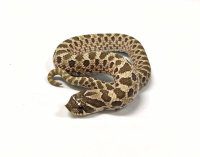
אַרעאַל
The western hognose is found in southern Canada and most of the United States, from southeastern Arizona to eastern Texas. The southern borders of the range are less well known, since the data for Mexico are fragmentary. It is known that the southern border of the range runs a little south of San Luis Potosi in the east and Durango in the west. Three subspecies are described across the range: Heterodon nasicus nasicus, H. n. kennerlyi and H. n. gloydi. Throughout its range, the snake is quite rare, due to the reduction of natural habitats and a secretive lifestyle. Protected by the US Conservation Services.
H. nasicus lives on dry sandy soils, but is also found in the forest floor. The snake leads a burrowing, burrowing lifestyle. The basis of food is frogs and toads, small rodents, small reptiles. Cases of eating turtle eggs by pig-nosed snakes have been recorded. In case of danger, it can pretend to be dead, emitting an unpleasant smell, although I have not noticed such behavior in the terrarium. The snake is oviparous, in a laying of 6-30 eggs. The nominal subspecies Heterodon nasicus nasicus is distinguished from other subspecies of pig-nosed snakes by its black belly.
אינהאַלט אין די טעראַריום
For keeping pig-nosed snakes in captivity, a small terrarium measuring 50 x 35 cm, horizontal type, is sufficient. The height does not really matter, because. snakes lead a terrestrial lifestyle. At one end of the terrarium, local lower and upper heating is placed. The overhead heating is switched off at night. In the terrarium, it is necessary to put several shelters, in one of which make a wet chamber. Maintain an average humidity of 50-60%. The general temperature of the content is 24-26 ° C during the day and 22-23 ° C at night. In the place of local heating, the temperature should be 30-32 ° C.
The soil in the terrarium should be quite loose, because. pig-nosed snakes dig it with the end of their muzzle. I use large shavings as a primer, but it is much more decorative (for keeping in an exposition terrarium) to use chopped hardwood bark (supplied to the Russian market by several well-known manufacturers) or special branded primers for keeping royal snakes. It is advisable to keep pig-nosed snakes one by one, because. cases of cannibalism have been recorded, and planting together only for mating, during the breeding season. Reptiles are predominantly diurnal.
פידינג
Captive snakes feed approximately once every 7-14 days. As food in terrarium conditions, I use medium-sized grass and moor frogs, naked rat pups and mice. It is important to note that pig-nosed snakes have a rather short stomach, so it is best to use just one medium-sized prey item for feeding. Overeating leads to regurgitation, refusal of food and upset of the gastrointestinal tract. The best food for pig-nosed snakes is a frog. Even if digestive problems begin, when feeding frogs, everything returns to normal. From frequent feeding by rodents, even healthy animals have loose stools with undigested pieces of skin (which, however, is not a sign of illness). For better digestion of naked mice and rat pups by snakes, we give food objects torn or skinned, without skin. Adult snakes perfectly eat thawed food objects.
The change of skin (molting) in pig-nosed snakes occurs in exactly the same way as in all land reptiles. The signal for the beginning of molting is clouding of the skin of the body and eyes. At this point and until the end of the molt, it is better not to feed the snakes. Usually they themselves refuse to feed. In pig-nosed snakes, the frequency of molting is much less frequent than in other reptiles (in adults – 2 times a year, in young ones – somewhat more often).
Author: Alexey Poyarkov “Reptomix Laboratori” Tula Published: Aqua Animals magazine 2005/3
Note from the editors of Exotic Planet:
Regarding toxicity.
An eight-year-old male bit his owner, it is said that the bite occurred by mistake, and not as a result of aggression. The consequences of the bite were very unpleasant:
Quite an interesting behavioral feature:
In this way, the Pig-nosed snake is saved from the attack of predators.



